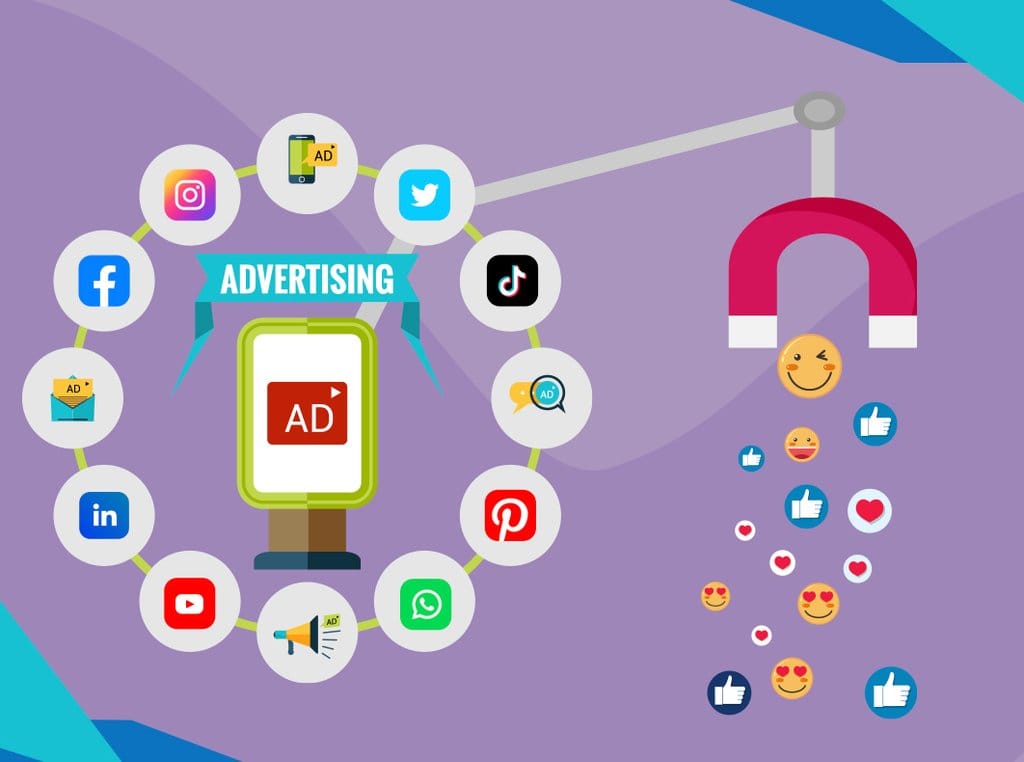What Are Search Ads in Digital Marketing? A Complete Guide to How They Work and Why They Matter

Introduction
In the fast-paced world of digital marketing, businesses are constantly looking for ways to appear at the top of search results and attract potential customers. One of the most powerful tools to achieve this is Search Ads—a form of paid advertising that allows businesses to place their ads at the top of search engine results pages (SERPs).
Search ads have become an essential part of online marketing strategies, helping businesses increase visibility, drive website traffic, and generate leads. But what exactly are search ads, how do they work, and why are they so effective? This guide will answer all these questions and more.
What Are Search Ads?
Search ads, also known as paid search advertising or search engine marketing (SEM), are a type of digital ad that appears on search engines like Google, Bing, and Yahoo. These ads are triggered when users enter relevant search queries, making them highly targeted and intent-driven.
Search ads usually appear at the top or bottom of search engine results and are marked with an "Ad" label. Unlike organic search results, businesses pay for these placements based on a pay-per-click (PPC) model, meaning they only pay when someone clicks on their ad.
How Do Search Ads Work?
Search ads operate through an auction-based system where advertisers bid on keywords relevant to their business. Here’s how the process works:
1. Keyword Selection
Businesses choose specific keywords related to their products or services. For example, a shoe store might bid on keywords like "best running shoes" or "buy sneakers online."
2. Bidding on Keywords
Advertisers set a maximum bid—the amount they are willing to pay for a click on their ad. The higher the bid and ad relevance, the better the chances of appearing at the top of the search results.
3. Quality Score and Ad Rank
Search engines use a Quality Score (determined by ad relevance, expected click-through rate, and landing page experience) to decide Ad Rank. Even if an advertiser bids high, a poor Quality Score can lower their chances of winning the auction.
4. Ad Placement on Search Engines
Based on Ad Rank, the search engine determines where the ad appears in the search results. Higher-ranking ads are placed at the top of the page, increasing visibility and click-through rates.
5. Pay-Per-Click (PPC) Model
Advertisers only pay when users click on their ad. The cost per click (CPC) depends on the competition for that keyword and the advertiser’s bid.
Types of Search Ads
Search advertising is not limited to just text-based ads. Here are the common types:
1. Text Ads
- The most common type of search ads.
- Includes a headline, description, and URL.
- Appears at the top or bottom of search results.
2. Responsive Search Ads
- Google automatically tests different headline and description combinations to show the most effective ad.
- Improves performance by adapting to user searches.
3. Call-Only Ads
- Designed for businesses that want customers to call directly instead of visiting a website.
- Clicks on the ad trigger a phone call instead of opening a webpage.
4. Shopping Ads
- Displays product images, prices, and store names directly in search results.
- Used primarily by eCommerce businesses.
5. Local Search Ads
- Appear in Google Maps and local search results.
- Helps businesses attract customers searching for nearby stores or services.
Why Are Search Ads Important in Digital Marketing?
Search ads are one of the most effective digital marketing tools because they:
✅ Capture High-Intent Traffic
- Unlike social media ads, search ads target users actively searching for a product or service.
✅ Provide Immediate Visibility
- Unlike SEO, which takes time to rank organically, search ads offer instant exposure on search engines.
✅ Offer Cost-Effective Advertising
- With PPC, advertisers only pay when a user clicks, making it a budget-friendly option.
✅ Allow for Detailed Targeting
- Businesses can target users based on location, demographics, device, and even time of day.
✅ Deliver Measurable Results
- Advertisers can track impressions, clicks, conversions, and ROI to optimize their campaigns.
Best Practices for Running Effective Search Ads
To maximize the success of your search ad campaigns, follow these best practices:
1. Choose High-Intent Keywords
- Focus on keywords that indicate a strong intent to buy or take action.
- Use keyword research tools like Google Keyword Planner to find the best keywords.
2. Write Compelling Ad Copy
- Create engaging headlines and descriptions that highlight unique selling points (USPs).
- Include a strong call-to-action (CTA) like "Shop Now" or "Get a Free Quote."
3. Optimize Your Landing Page
- Ensure your landing page is fast, mobile-friendly, and relevant to the ad.
- A good landing page improves Quality Score and lowers CPC.
4. Use Ad Extensions
- Add site links, call buttons, and location extensions to make ads more informative.
- Ad extensions increase visibility and engagement.
5. Monitor and Adjust Campaigns
- Regularly analyze campaign performance and adjust bids, keywords, and ad copy for better results.
- A/B test different ad variations to see what works best.
Conclusion
Search ads are a powerful tool in digital marketing, allowing businesses to reach potential customers at the exact moment they are searching for products or services. With targeted keyword bidding, high visibility, and measurable results, search ads help brands drive traffic, generate leads, and increase sales.
To run successful search ad campaigns, businesses should focus on keyword research, ad optimization, and continuous performance tracking. By doing so, they can maximize return on investment (ROI) and achieve long-term success in the competitive digital landscape.
If you're looking to leverage search ads for your business, now is the time to get started!




